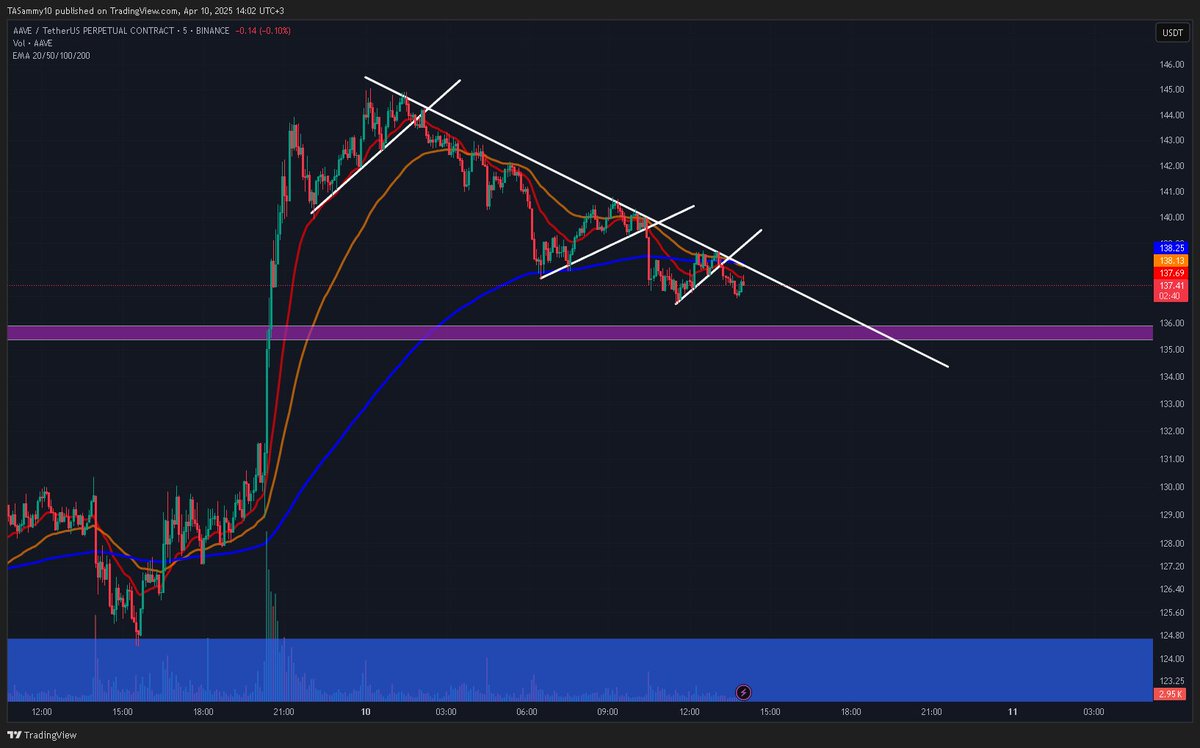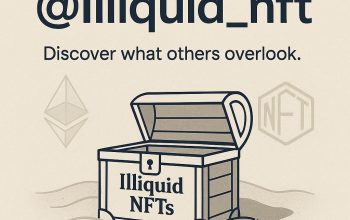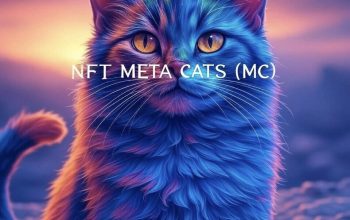The Evolution of Digital Assets: A Deep Dive into NFTs, Cryptocurrencies, and Blockchain Technology
The Dawn of a New Financial Era
Imagine a world where digital art, collectibles, and even tweets can be owned, traded, and valued like physical assets. Welcome to the world of Non-Fungible Tokens (NFTs) and the broader landscape of blockchain technology. This isn’t just a futuristic dream; it’s a reality that’s unfolding as we speak. The digital revolution is here, and it’s transforming the way we think about ownership, value, and creativity.
Understanding the Basics
What Are NFTs?
NFTs, or Non-Fungible Tokens, are unique digital assets verified using blockchain technology. Unlike cryptocurrencies such as Bitcoin or Ethereum, which are fungible and can be exchanged on a one-to-one basis, NFTs are one-of-a-kind. Each NFT has a distinct value and cannot be replaced on a like-for-like basis. This uniqueness makes them ideal for representing ownership of digital art, collectibles, and even virtual real estate.
The Role of Blockchain
Blockchain is the backbone of NFTs and cryptocurrencies. It’s a decentralized, distributed ledger that records transactions across many computers. This technology ensures transparency, security, and immutability, making it an ideal platform for digital assets. Blockchain’s decentralized nature means that no single entity controls the data, reducing the risk of fraud and manipulation.
The Rise of NFTs and Digital Collectibles
Pudgy Penguins: A Case Study
Pudgy Penguins, an NFT collection launched in July 2021, has grown into a globally recognized brand. These charming, hand-drawn penguins on the Ethereum blockchain have captured the imagination of collectors and investors alike. The success of Pudgy Penguins is a testament to the potential of NFTs in the digital art and collectibles market. The collection’s growth from a niche project to a global phenomenon highlights the increasing acceptance and value of digital assets.
The Market for NFTs
The NFT market has seen explosive growth in recent years. From digital art to virtual real estate, NFTs are being used to represent a wide range of digital assets. The market’s rapid expansion is driven by several factors, including the increasing acceptance of digital ownership, the rise of blockchain technology, and the growing interest in cryptocurrencies. As more people become aware of the potential of NFTs, the market is expected to continue its upward trajectory.
Cryptocurrencies: The Digital Gold Rush
The Evolution of Cryptocurrencies
Cryptocurrencies have come a long way since the launch of Bitcoin in 2009. Today, there are thousands of cryptocurrencies, each with its unique features and use cases. From Bitcoin’s role as digital gold to Ethereum’s smart contract capabilities, cryptocurrencies are transforming the way we think about money and finance. The rise of decentralized finance (DeFi) has further expanded the use cases of cryptocurrencies, enabling peer-to-peer lending, borrowing, and trading.
The Impact of Cryptocurrencies on Traditional Finance
Cryptocurrencies are challenging the traditional financial system. Their decentralized nature, coupled with blockchain’s transparency and security, makes them an attractive alternative to traditional banking. As more people adopt cryptocurrencies, traditional financial institutions are being forced to adapt. Banks and financial services companies are increasingly exploring blockchain technology and cryptocurrencies, recognizing their potential to disrupt the industry.
The Future of Digital Assets
The Role of Platforms like ChainGPT
Platforms like ChainGPT are playing a crucial role in the evolution of digital assets. ChainGPT offers services such as smart contract creation and auditing, NFT generation, and market analysis. These platforms are making it easier for creators and investors to navigate the complex world of blockchain technology and digital assets. As more platforms emerge, the barriers to entry for digital asset creation and investment are likely to decrease, further driving the growth of the market.
The Potential of Web3 and Decentralized Applications
Web3, the next generation of the internet, is built on blockchain technology. It promises a more decentralized, user-controlled internet where users have greater control over their data and digital assets. Decentralized applications (dApps) are at the heart of Web3, enabling peer-to-peer interactions without the need for intermediaries. The potential of Web3 and dApps is vast, from decentralized social media platforms to decentralized marketplaces for digital assets.
Conclusion: Embracing the Digital Revolution
The world of digital assets is evolving rapidly, and with it, our understanding of ownership, value, and creativity. NFTs, cryptocurrencies, and blockchain technology are transforming the way we think about money, art, and the internet. As we embrace this digital revolution, it’s essential to stay informed and adaptable. The future of digital assets is bright, and those who are ready to seize the opportunities it presents will be the ones to shape the world of tomorrow.





